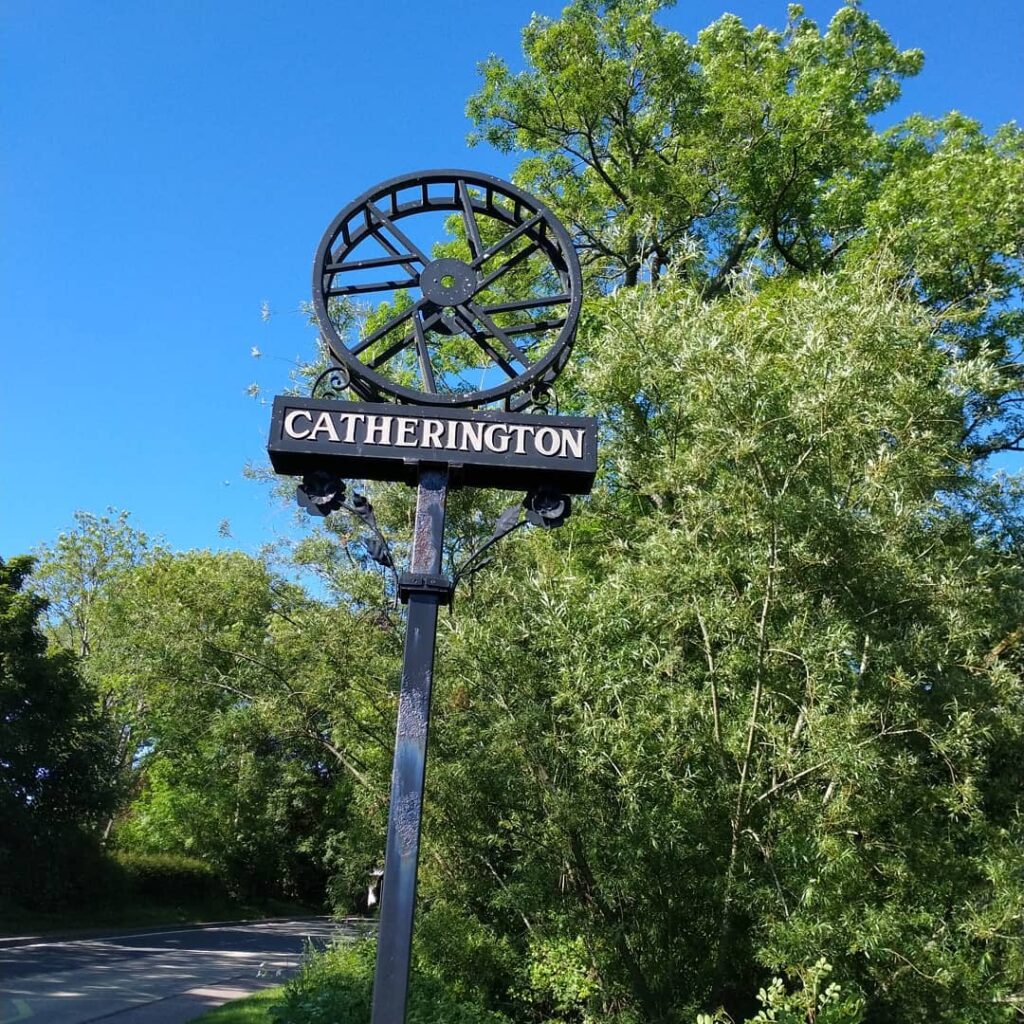By Tim Lambert
Catherington is a small village near Waterlooville in Hampshire. Historians believe that Catherington is named after a woman named Catherine. It was originally called Cater inga tun, which meant the farm or estate (tun) belonging to the people of (inga) Cater.
During the Middle Ages Catherington was a small and isolated village. It stood in the Forest of Bere. That was a great forest that stretched from the border of Hampshire to Winchester. At that time Waterlooville and Cowplain did not exist. Catherington must have been a very quiet and secluded place.
Nevertheless, by the time of the first census in 1801, Catherington had a population of 559. By the standards of the time, it was quite a large village. Catherington grew rapidly in the early 19th century and by 1851 it had a population of over 1,000. However, Catherington grew only slowly in the late 19th century, and in 1901 its population was only a little over 1,300.
Meanwhile, the Catherington Church of All Saints was rebuilt in 1883 by the architect Edmund Ferrey (1845-1900). The Vicarage was built in 1970 and Catherington Church Hall was built in 2000.
Catherington Infants School began in 1852 when a little school was built in the village. It was extended in 1997. Kings Court School opened in 1993. In Catherington church is the tomb of Sir Charles Napier, who owned Merchistoun Hall in Horndean.
During the 20th century amenities in Catherington improved. In 1924 Catherington gained a piped water supply. In the mid-20th century, Catherington was a pleasant little village with several shops. Kinches Farmhouse was rebuilt after a fire in 1945. Catherington cemetery opened in 1966.
Today Catherington is a charming village stretched out along a road. Today the population of Catherington is about 4,000.
